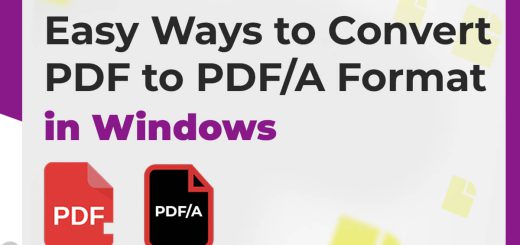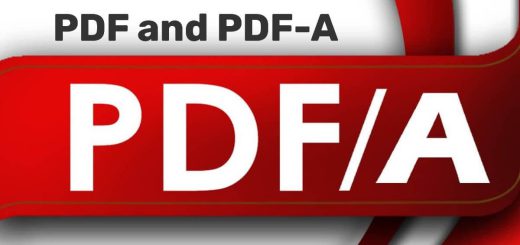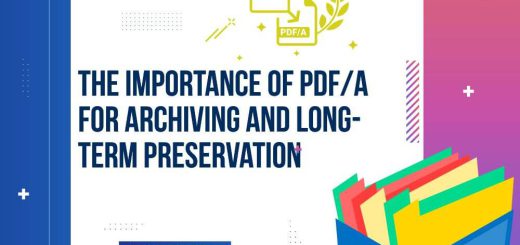PDF to PDF/A Conversion for Legal Compliance: What You Need to Know
Posted on: February 20, 2023 @ 11:02 pm
PDF/A is an archival format of the Portable Document Format (PDF) used to preserve electronic documents.
PDF to PDF/A conversion for legal compliance ensures that a PDF document complies with the PDF/A standard, which is essential for legal compliance and the long-term preservation of records.
PDF/A conversion is essential because PDF documents can be easily altered, leading to potential legal and security issues.
PDF/A ensures that the documents are self-contained, meaning that all the necessary information is embedded in the File, including fonts and images, and that the document is not dependent on external resources.
PDF/A is also designed to be a stable format, meaning that the document should look the same no matter when it is opened and on any platform, making it an ideal format for long-term storage and retrieval of electronic documents.
Therefore, it is acceptable to use PDF to PDF/A conversion for legal compliance.

PDF to PDF/A Conversion for Legal Compliance
The conversion process involves several steps, including analyzing the document, identifying any issues that may prevent compliance with the PDF/A standard, and then modifying the copy to ensure compliance.
Some modifications may include embedding fonts and images, converting color profiles, and removing specific features such as encryption or interactive elements.
In this article, we describe how to convert a conventional PDF to PDF/A, then explore the benefits and drawbacks of PDF to PDF/A conversion for legal compliance, so stay tuned!
How to Convert a PDF to PDF/A + Some Tips
Converting a regular PDF document to PDF/A format involves ensuring that the File meets the specific requirements of the PDF/A standard, including font embedding, color management, and metadata.
Here are the steps for PDF to PDF/A conversion for legal compliance:
 Step 1: Open the PDF file in Adobe Acrobat Pro
Step 1: Open the PDF file in Adobe Acrobat Pro
Adobe Acrobat Pro is a professional tool for working with PDFs, including converting a PDF to PDF/A.
You can download a free trial version of Adobe Acrobat Pro from the Adobe website.
 Step 2: Check the current PDF format
Step 2: Check the current PDF format
Before converting the PDF to PDF/A, it is essential to check if the current PDF format is compatible with PDF/A.
To do this:
- Go to File> Properties > Description, and check if the PDF format is “PDF 1.x” or “PDF 2.0.”
- If the format is “PDF 1.x,” it can be converted to PDF/A.
- However, if it is “PDF 2.0,” it is already compliant with PDF/A.
 Step 3: Choose the PDF/A conversion settings
Step 3: Choose the PDF/A conversion settings
- In Acrobat Pro, go to File> Save As Other > More Options > PDF/A.
- This will open the “PDF/A Conversion” dialog box.
- Here, you can choose the PDF/A standard you want to convert to, such as PDF/A-1b or PDF/A-2b.
- You can also choose other conversion options, such as embedding fonts and color profiles.
 Step 4: Run the conversion process
Step 4: Run the conversion process
- After selecting the conversion settings, click the “OK” button to start the conversion process.
- The time it takes to convert the PDF to PDF/A will depend on the document size and your selected conversion settings.
 Step 5: Check the PDF/A compliance
Step 5: Check the PDF/A compliance
- Once the conversion is complete, open the new PDF/A document in Acrobat Pro and go to File> Properties > Description.
- Check if the PDF format is now “PDF/A-x” (where “x” is the PDF/A standard you chose in step 3).
- Your PDF has been successfully converted to PDF/A if the format is correct.
In addition to the steps outlined above, there are some additional tips to keep in mind when converting a PDF to PDF/A:
- Ensure the original PDF document is complete and error-free before starting the conversion process.
- Ensure that all fonts in the PDF are embedded in the document to prevent issues with font substitution.
- Verify that the color profile used in the PDF is compatible with the PDF/A standard to avoid color inaccuracies.
- Add appropriate metadata to the PDF to ensure that it can be properly indexed and retrieved in the future.
Following these steps and tips, you can successfully convert a regular PDF document to PDF/A format, ensuring its long-term preservation and accessibility.
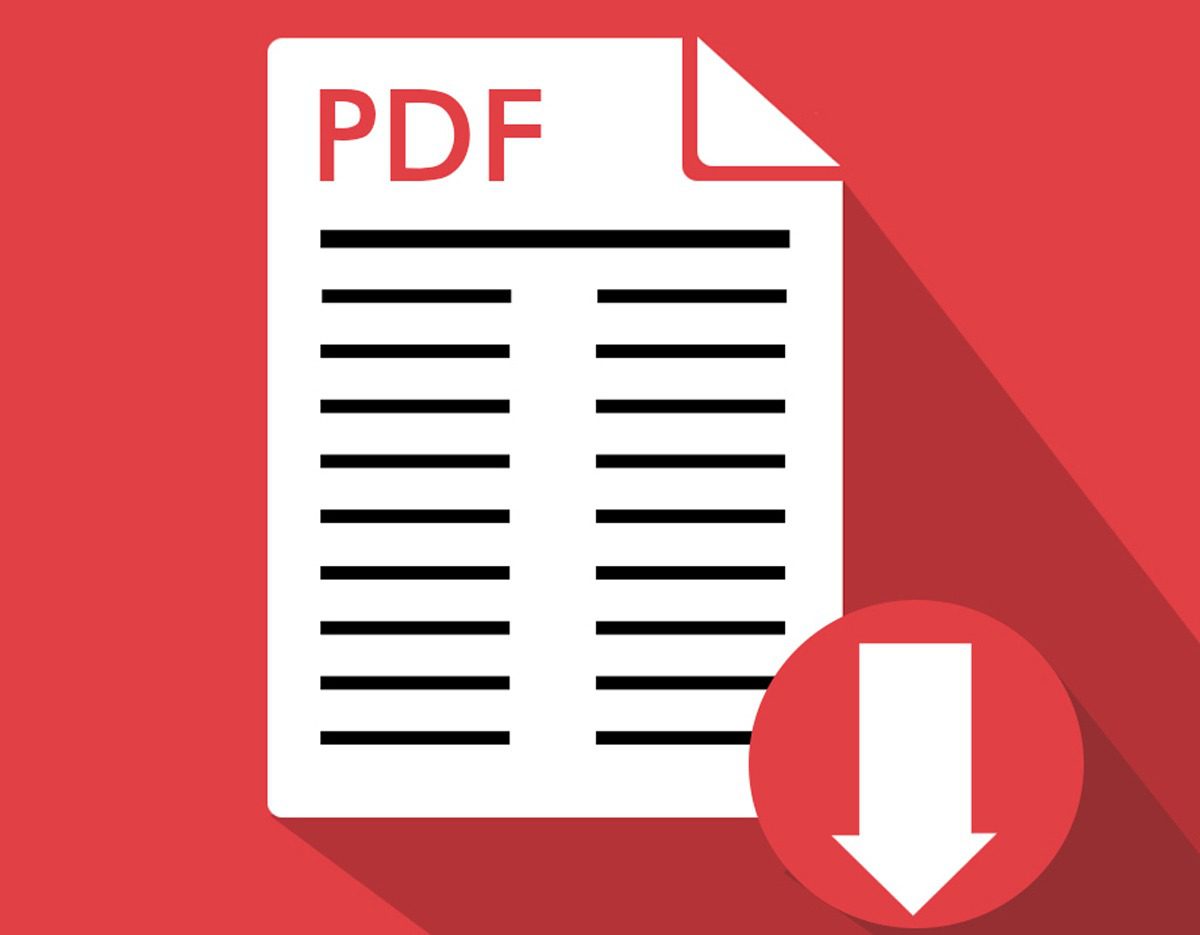
pdf to pdf:a compliant
PDF/A Pros & Cons
PDF/A is a standard format for archiving electronic documents that ensure long-term maintenance.
PDF to PDF/A conversion for legal compliance is a widely used format for archiving documents, and it has both advantages and disadvantages.
Pros of PDF/A:
- Preservation of content: PDF/A is designed to preserve a document’s content and appearance for a long time. This means that the document can be accessed and viewed the same way years after it was created, even if the software used to create it is no longer available.
- Compatibility: PDF/A is a standard format that can be viewed on any platform or device that supports PDF. This makes it a reliable choice for archiving documents that may need access on different devices or platforms.
- Security: PDF/A supports password protection, encryption, and digital signatures, making it a secure format for archiving sensitive documents.
- Accessibility: PDF/A supports tagging, which makes it accessible to users with disabilities. Tagging also makes searching for and finding specific content within a document easier.

pdf/a compliant document
Cons of PDF/A:
- Limited interactivity: PDF/A does not support certain interactive elements, such as forms and multimedia content. This can be a drawback for some types of documents.
- Large file sizes: PDF/A files can be large, especially if the document contains images or other graphics. This can make it difficult to store and transfer large volumes of documents.
- Limited editing capabilities: PDF/A is designed for long-term preservation, so it is not intended for editing or modification. While making minor edits to a PDF/A document is possible, major changes require creating a new one.
- Only suitable for some documents: PDF/A is only suitable for some documents, such as those with complex layouts or that require advanced typography. In these cases, other formats may be more appropriate.
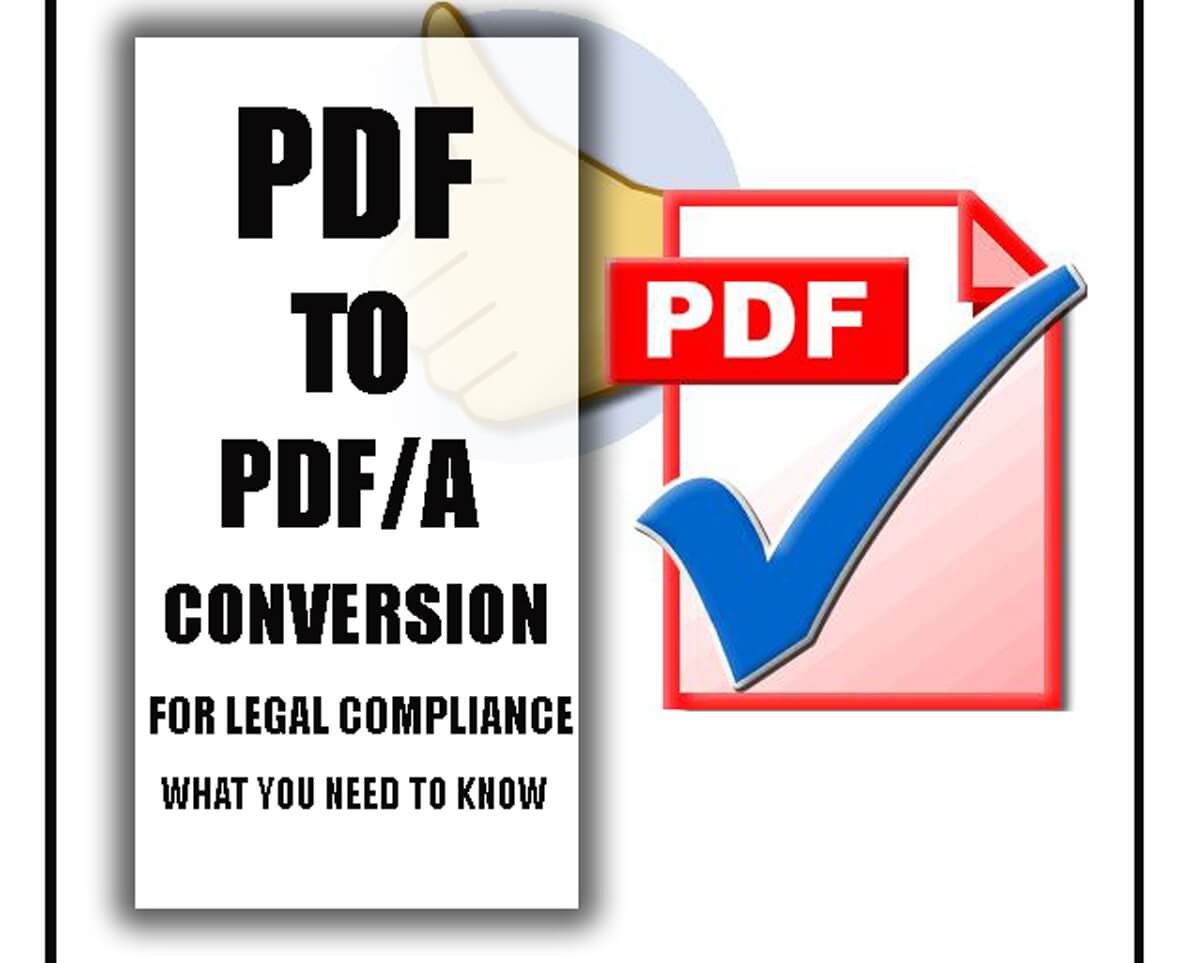
PDF to PDF/A Conversion for Legal Compliance: How to Convert + Pros and Cons
In The End
PDF to PDF/A conversion for legal compliance is a useful tool for organizations that must archive and preserve electronic documents for long periods.
It offers several advantages, including long-term preservation, accessibility, compatibility, and security.
However, it also has some disadvantages, including limited functionality, large file size, and complexity.
Overall, organizations should carefully evaluate the benefits and drawbacks of PDF/A conversion before deciding whether it is the right choice for their needs.
Please share your experiences with converting your PDF to PDF/A. Keep in touch with us in the comment section.

